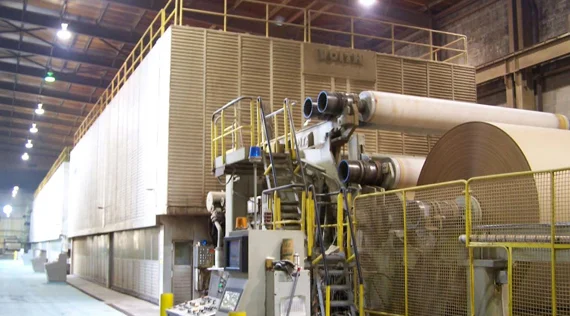The shapely side of recycling
Waste & Recycling | 2015-03-27 23:40:36
Even though we're supposed to put the right stuff in the blue bin, a lot of recyclable material nevertheless winds up crammed into landfills
SPOKANE (Scrap Monster) : Even though we’re supposed to put the right stuff in the blue bin, a lot of recyclable material nevertheless winds up crammed into landfills.
One of the most noteworthy of these is paper: While 64.6 percent of paper and paperboard got recycled in 2012, that still left 24.26 million tons of the stuff discarded, according to the US’ EPA.
Clearly, this is in part because some people still don’t recycle.But our failure to recycle, suggests a new study, is also driven by a cognitive processes that lead us to instinctively miscategorize recyclable objects when they change their shapes or appearances, and thus wrongly throw them out. And that’s a mistake that can be made even by people who are conscientious recyclers in general.
More specifically, the research finds that we’re more likely to recycle flat, pristine paper than balled up or cut up paper. This makes no physical sense, and no environmental sense – but it does make human sense, if you understand the workings of the brain.
The new study, by Remi Trudel, Jennifer Argo, and Matthew Meng of Boston University and the University of Alberta, is in the journal Environment and Behavior. And to understand it, you really need to know one core thing about the human brain: We are hardwired to automatically categorize objects, places, people, things. This is highly important – from knowing who’s your friend and who’s your enemy, to knowing the difference between beds and couches, we need categorization to get around in the world.
Sometimes, though, our categories fail us. We may treat them as more real or “essential” than they actually are – when in fact, they’re often arbitrary constructs. Or, we may put objects into the wrong mental categories based on attributes that mislead us. The latter seems to be the case with our category of “trash” and the attributes that we perceive in crumpled or cut up paper.
Thus in the study, the researchers found that consumers tend to misperceive paper as a non-recyclable object if it has been “distorted” in some way – having lost its basic, pristine shape.
So the research points out two things: Our brains are probably to blame for a lot of paper winding up in landfills, rather than being recycled – and we need a lot more signage and other forms of communication to correct this cognitive error.
Courtesy: www.iol.co.za
 By
By 